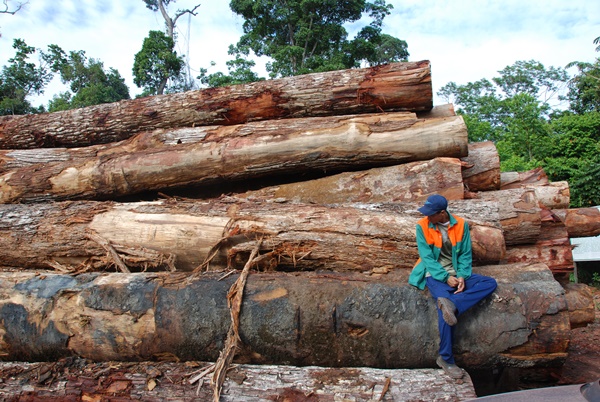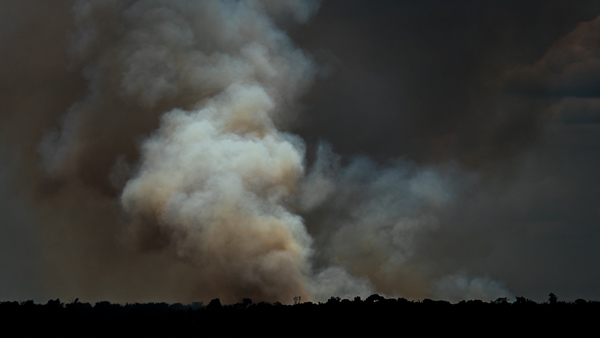Marcus Butler
30 June 2016: The conservation strategy for the world’s tropical rainforests is being challenged by new research that has found human disturbance in remnant forests causes as much damage to biodiversity as forest clearing.
The findings by a group of researchers from institutions worldwide, including the University of Canberra, were published today in the world’s leading scientific journal Nature.
University of Canberra Centenary Research Professor Ralph Mac Nally, a co-author of the study, said the results should be a wake-up call for governments and conservation agencies around the world.
“The current focus on addressing deforestation isn’t enough – our research shows that less dramatic disturbance, such as selective logging, fragmentation of forest and the spread of wildfires, have a comparable impact to the clearance of the forest entirely,” Professor Mac Nally, a world-renowned ecologist at the University’s Institute for Applied Ecology, said.
The research conducted by 18 international universities and agencies examined a region of the Amazon Rainforest, in Brazil’s second largest state, Pará, which is about the size of the Northern Territory.
The work, published in the paper entitled Anthropogenic disturbance in tropical forests can double biodiversity loss from deforestation, focused on more than 1,500 endemic tree species, 460 species of bird and over 150 dung beetle species.
“Our findings show that the total impact of human disturbances in forests in the Pará region is about the same as all the deforestation that has occurred there in the past three decades.
“You begin to understand the footprint we have on delicate forest ecology, when to reach the same level of impact we would have to clear-fell about 140,000 square kilometres of rainforest today,” Professor Mac Nally said. “To put that in perspective, we are talking about an area the same size as New Zealand’s South Island.”
Professor Mac Nally said the research is equally applicable in Australia.
"Queensland and New South Wales have policies in place that may see widespread forest loss and it’s not just tropical rainforests that can suffer the kind of impacts we’ve seen through the accompanying disturbance of remnant forests.
“Human disturbance is as damaging in temperate forests, such as those in Australia’s south-east and Tasmania, as is in the tropics.
“However, the sheer diversity of life in tropical forests magnifies effects there compared with other forests and woodlands,” he said.
“Governments need to be giving these research outcomes very serious thought, particularly since we know that in countries where deforestation rates are declining, we often find increases in other human disturbance to forested areas.”
Professor Mac Nally was partnered in this research by colleagues from Lancaster University (UK), Cornell University (USA), Stockholm Environment Institute (Sweden), and the Universidade Federal de Lavras and other agencies in Brazil.




